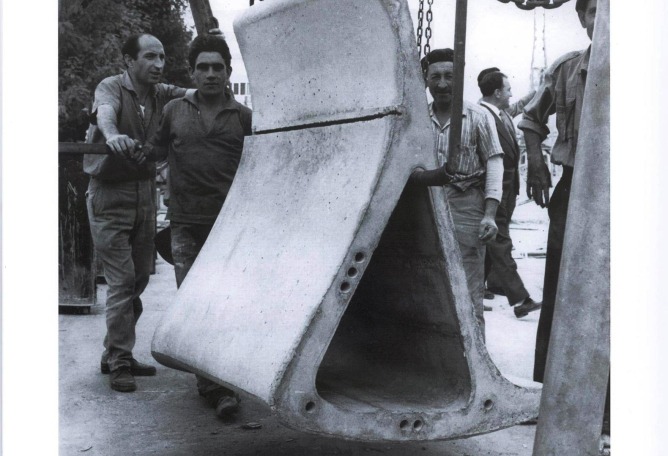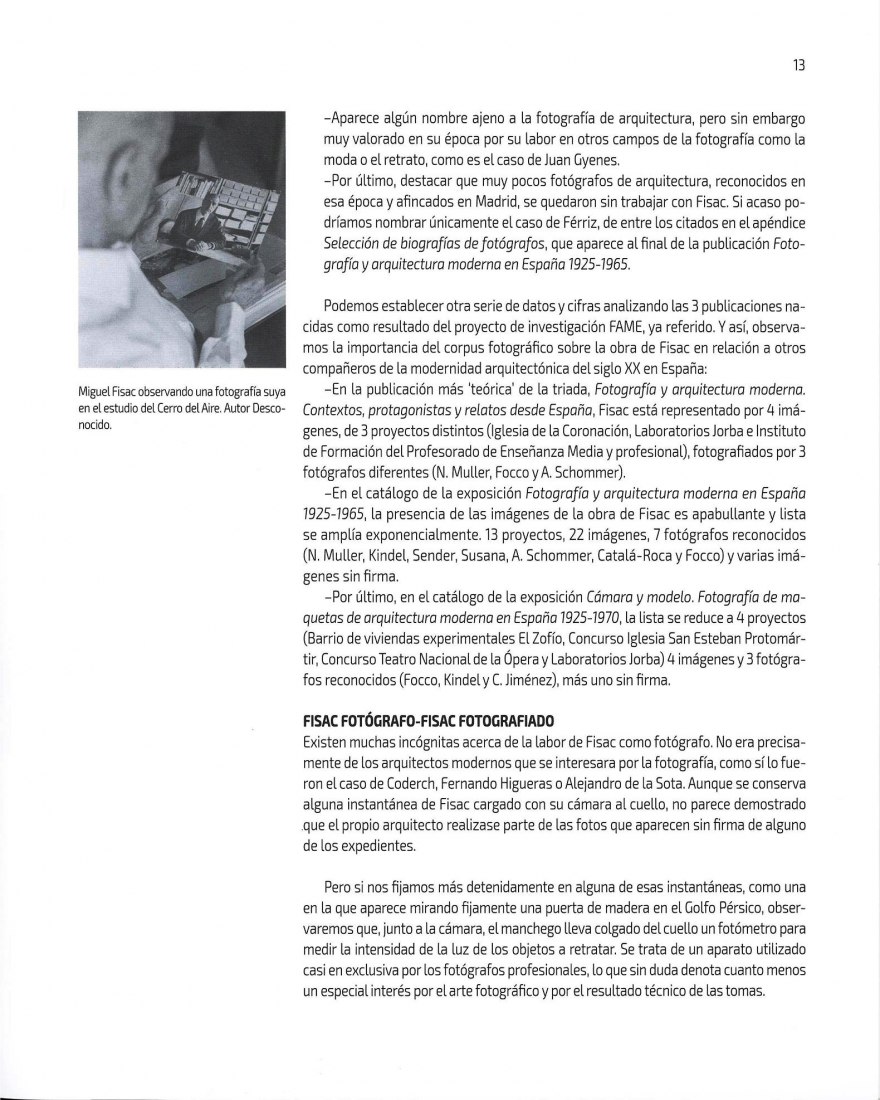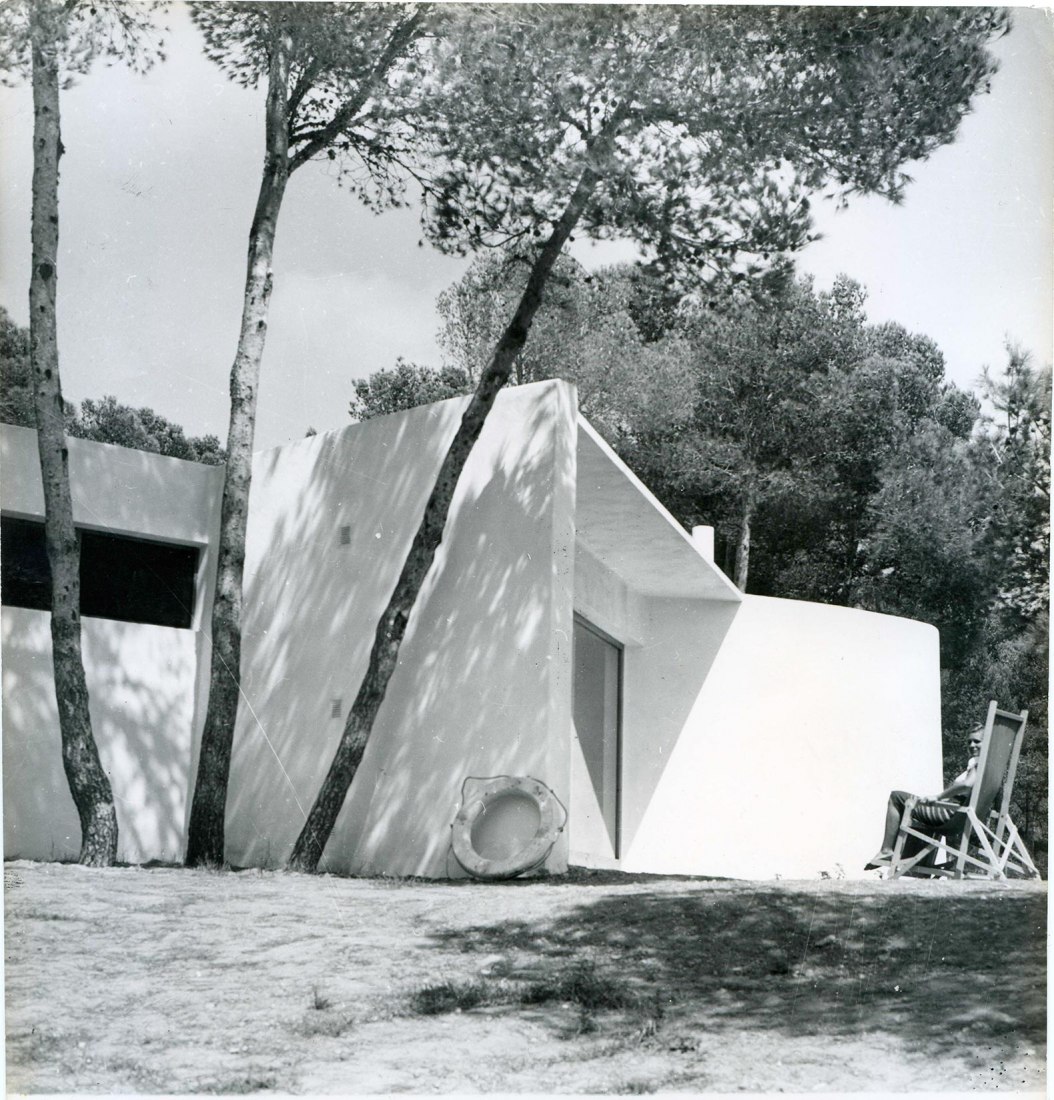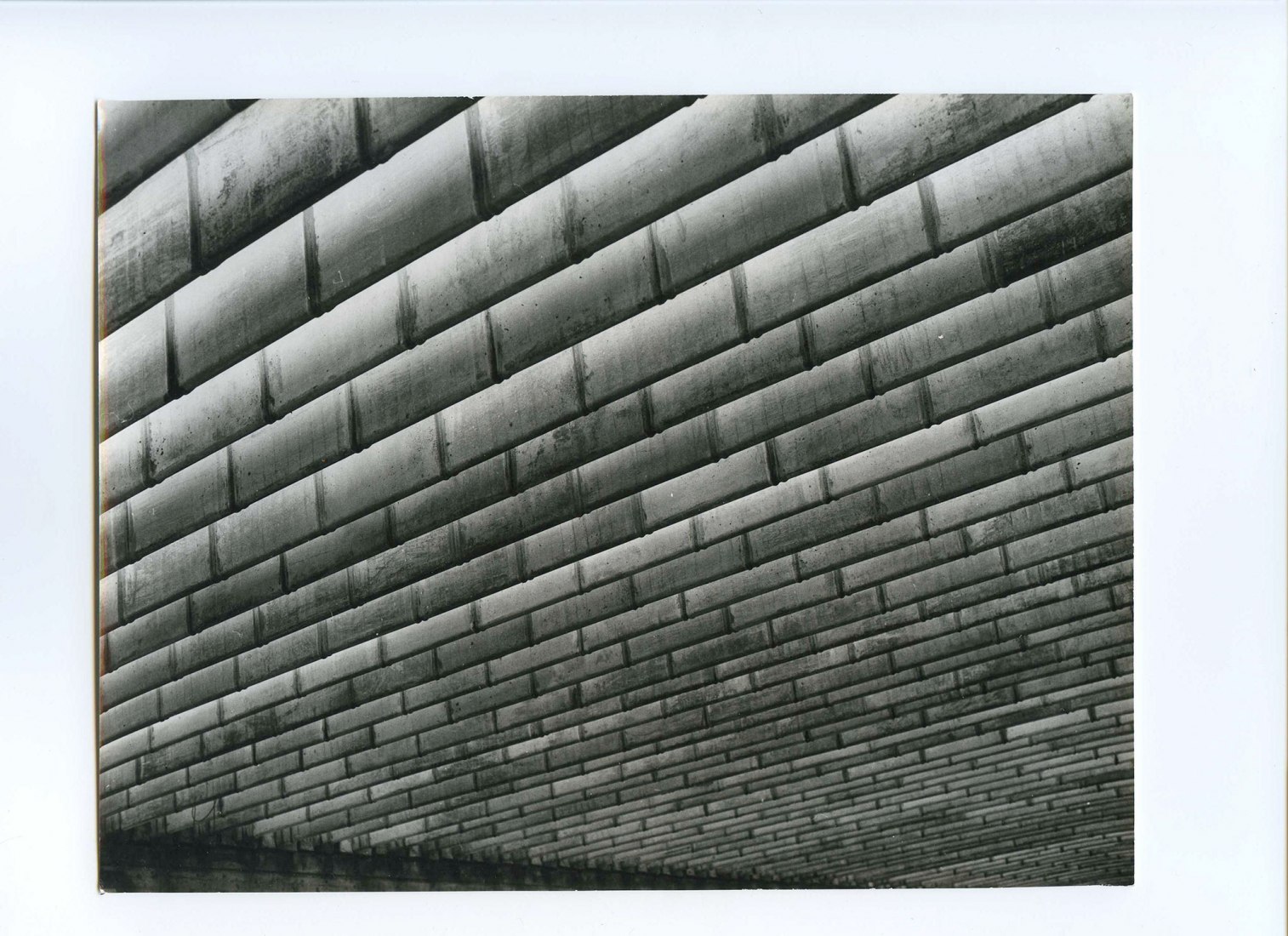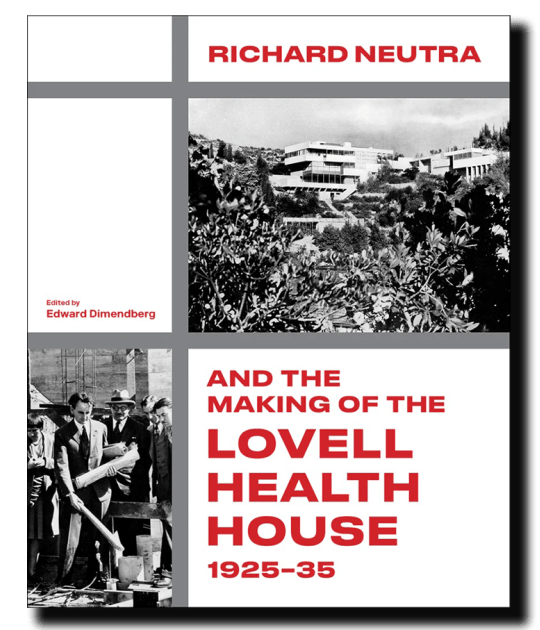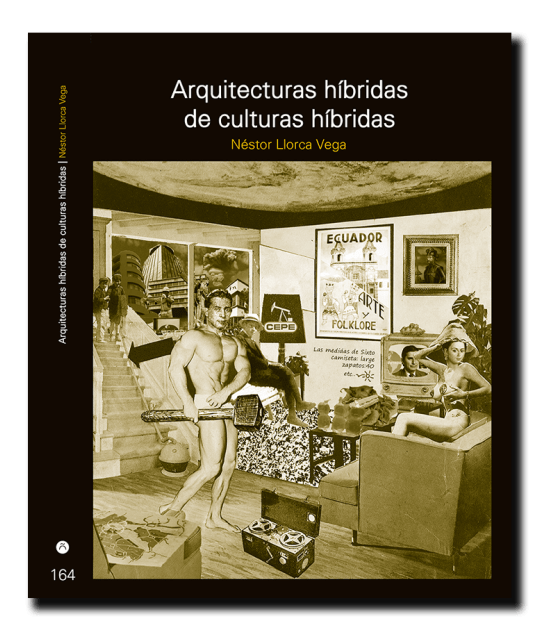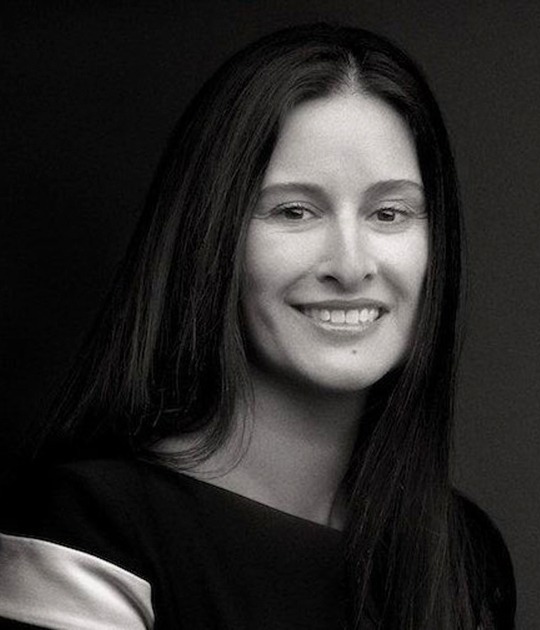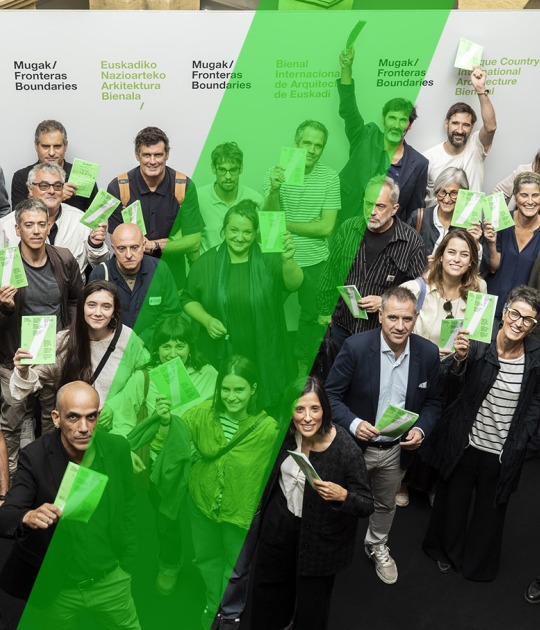The texts that introduce the book emphasize the value of architectural photographic archives and especially that of Fisac. A quantifying review of the value of this important archive, from the amount to the importance of the photographers who made them.
The book is organized in four chapters. In recent years, works such as the Santa Ana and Esperanza Parish Ensemble in Moratalaz, the Theologian Ensemble of San Pedro Mártir, which are also covered in the book, have been reviewed for the nth time, however the chapters dedicated to research and industry and to the residential space are especially interesting.
The interesting images of the Center for Hydrographic Studies are presented again, with an extensive tour through works such as the IBM building on Paseo de la Castellana from 1968, an interesting collection of images of the sadly demolished Jorba laboratories building. The Montmeló tannery factory in Barcelona, the Biological Research Center of Madrid or the Garvey Wineries in Jerez de la Frontera, Cádiz among many others.
In the chapter dedicated to housing, it is equally interesting with the public houses of the Barrio del Zofío from 1956, the Vicente Barrera house from 1962, the Paschal House of Juan from 1973, among many others. It is a set of overflowing capacity and architectural ingenuity. A set of works that seen as a group and in large format, are a renewed opportunity to reread the work of this great master of Spanish architecture.


